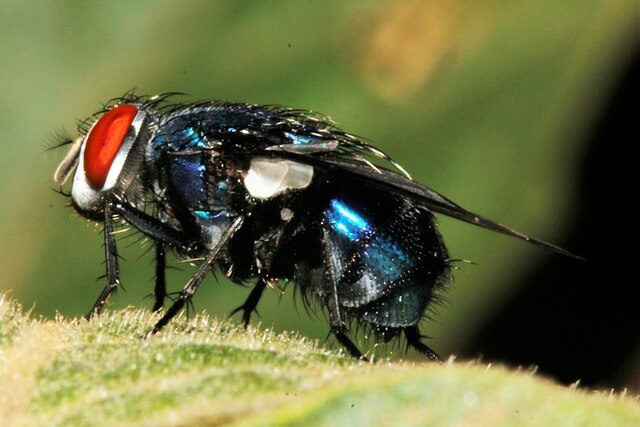What are the functions and structure of wings of insects? Information about wings of insects.

Source: pixabay.com
Wings Of Insects;
Most adult insects have two pairs of wings, which arise as outgrowths of the cuticle from the second and third segments of the thorax. The earliest insects had no wings, and some of their direct descendants never acquired them. Most living insects, however, had winged ancestors, but some of them subsequently lost their power of flight and have reduced, nonfunctional wings or no wings at all. Some species, including the deer keds, have wings when they first emerge as adults, but break their wings off near the base after their first mating flight.
When an adult insect emerges and while its cuticle is still soft, the insect distends its wings by forcing blood through the network of veins in each one. Each wing consists of two thin membranes that are fused together and supported by the stifl: network of veins. The vein pattern, or venation, of the wings varies greatly among insects and is one of the most important characteristics used for identifying different families and genera.
An insect’s two pairs of wings are never quite identical, but in many of the primitive and slow flying insects, such as the damselflies, the fore and hind wings are very similar and participate equally in flight. In cockroaches and grasshoppers, the fore wings are more leathery and less flexible than the hind wings and serve as covers for the hind wings when not in use. The fore wings of beetles are highly sclerotized and form rigid covers, or e.lytra, which are held erect during flight. The fore wings of certain bugs are membranous toward the tip but sclerotized at the base. In other insects, the hind wings are reduced, and in the housefly and other true flies only the fore wings are functional, the hind wings having been modified into stalked structures, called halteres, which vibrate like gyroscopes and assist in stabilizing the insect while in flight.
mavi